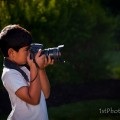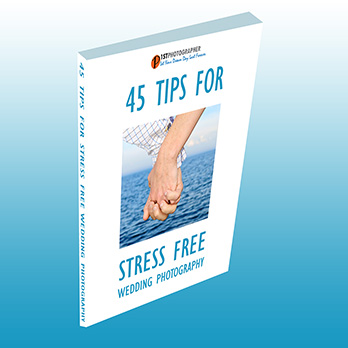Livingston Oval July 4 Fireworks Photography
Who doesn’t like to watch fireworks? It even make adults discover the inner child within, looking at the sky lit up with brilliant colorful patterns.
With little effort you can capture all that beauty in images forever. It seems odd that so few people try it, given the number of folks that own a DSLR.
Believe it or not, fireworks are easier to photograph than many other things. You know when it is going to happen and it happens repeatedly at the same place for a fairly long time. So there are plenty of opportunities of getting some great shots.
It was the year of the Livingston Bicentennial. A special display was planned by the Bicentennial Committee and I was requested to photograph it. In spite of having no previous experience of shooting fireworks, most of my shots from the Livingston Oval July 4 Fireworks photography were great! If I could do it, so can you! All you have to do is to follow these tips:
- Choose your spot well in advance. If you know of a vantage point, take it early not to be crowded out by others.
- Mount the camera on a sturdy tripod and point it to the region of the sky where the fireworks will go. Turn off auto-focus and manually set focus to infinity.
- Put the camera shutter speed to B (bulb) setting
- Set the ISO to lowest setting and the smallest aperture, such that you can take longer exposures.
- Use a cable release to trigger the shutter. I use a remote cable release that ensures there is no camera shake. I press it once to open the shutter and then a second time to close the shutter
- Use a wide-angle lens. I used 28-300mm Nikkor. Most of my shots were at 28mm with Nikon D700, which is a FX DSLR.
- Shoot RAW, as you will need to do some post-processing using Lightroom or similar software for best results.
- When the fireworks start and you press the shutter, count the number of seconds in your head. After the burst disappears, close the shutter. Most of my shots were taken at between 3-10 seconds with the aperture at f22 and ISO 200. If you see a good exposure in the LCD panel, stick to it for the next frame. Otherwise increase or decrease the time shutter staying open depending on under or over exposure.
- If your camera allows, you can take a few experimental shots with multiple exposures. But better not overdo it, otherwise the picture might get too messy. 2-3 exposures should be ideal.
- We don’t have it at the Livingston Oval, but you may be at a place where you can incorporate an interesting skyline or a body of water that can show the reflection. Be sure to include those in the frame. It makes a better impact than just to frame the fireworks in the dark sky.
If you have a DSLR, all you need is a good tripod and cable release. And trust me, you will create images like the ones shown here!
If you have a comment or question, please use the form below to let me know!





